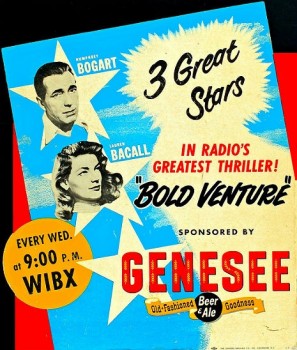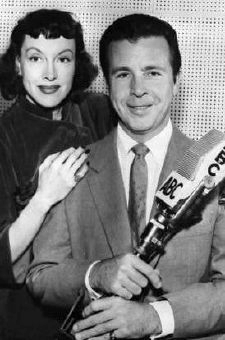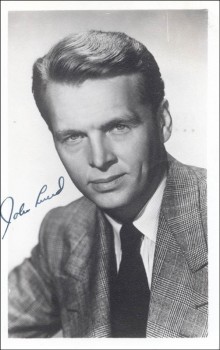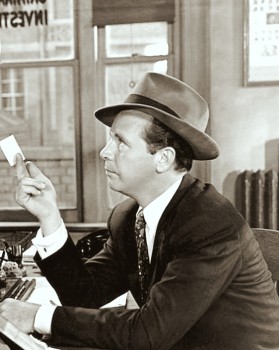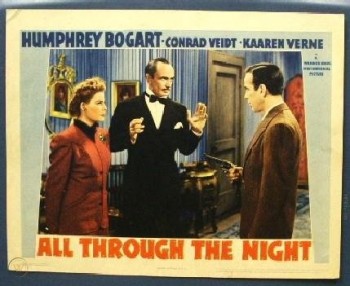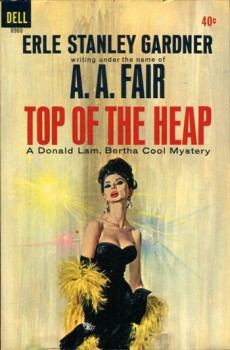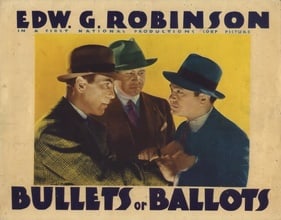A (Black) Gat in the Hand: A Hardboiled August on TCM
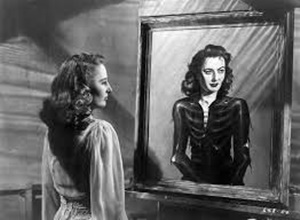 Hopefully you’re used to my monthly look at some hardboiled/noir coming up for the month over at TCM. August is a little different. There is no Star of the Month. Instead a different person is featured every night for a ‘Summer under the Stars.’ I’ll include the star of the day, as it’s almost a day-long tribute to that star. As usual, the month features some hardboiled and noir:
Hopefully you’re used to my monthly look at some hardboiled/noir coming up for the month over at TCM. August is a little different. There is no Star of the Month. Instead a different person is featured every night for a ‘Summer under the Stars.’ I’ll include the star of the day, as it’s almost a day-long tribute to that star. As usual, the month features some hardboiled and noir:
SATURDAY AUGUST 1 (Barbara Stanwyck)
4:00 PM – The Two Mrs. Carrolls
This is a creepy Humphrey Bogart movie, with Stanwyck as his second wife. It also features Alexis Smith, who had a key role in the underrated Conflict. Nigel Bruce, Basil Rathbone’s Dr. Watson, plays a bit of a doofus (that was a real stretch for him). I find all the scenes with Bogart’s daughter annoying. Worth seeing once, but not in my top half of Bogart flicks.
10:00 PM – Double Indemnity
This was just on back in June. One of the greatest noirs of them all, with Stanwyck, Fred MacMurray and Edward G. Robinson all terrific. Great movie. Great novel.
SUNDAY, AUGUST 2
6:00 AM – Winchester ‘73
Since I’m the one writing this post, I add in movies from other genres that I think are good to watch. This is a different kind of western from director Anthony Mann, starring James Stewart, Shelly Winters, and noir star Dan Duryea. I don’t list this in my Westerns Top 10, but it’s a good one in the field.
MONDAY, AUGUST 3 (Rita Hayworth)
8:00 PM – The Lady from Shanghai
Orson Welles directed, wrote the screenplay, and costarred in this Hayworth vehicle.
